At the heart of the West’s strategic approach to Russia – insofar as there is such a thing – lies a major fallacy. Western and especially European attention is overwhelmingly focused on the Ukrainian battlefield as the place where everything will supposedly be decided. It has long been recognised that this is a war of attrition. So, the general allied strategy is to help the Ukrainians outlast the Russians at the front. This approach is not only uncertain, given Russia’s resources and Chinese backing; but it also misses the point of Putin’s own grand strategy and allows our situation to worsen.
The fundamental reality of our times is that Moscow – more overtly than Beijing – is pursuing a global “war” against Western dominance, of which the Ukraine conflict is only one component. Putin had more important legal reasons to call it merely a “special military operation”, but the name is also symbolic of the subordinate role of the 2022 invasion in his much bigger bid to reset world affairs and Russia’s role in them per his notorious 2007 Munich speech.
There is nothing hidden in this global Russian strategy. The most obvious aspects of it, like BRICS diplomacy and the Chinese partnership, are well known. Putin has been advancing it in plain sight just as he has been openly drawing vital external support from his global allies for his war. While Western observers have noted all these as discrete developments – from Iranian drones support to Indian oil buys and North Korean volunteer troops – there is generally a lack of appreciation of the scale, strategic importance and success of Russia’s international alliances and partnerships. These are absolutely central to Russian power in a multipolar world, including to Moscow’s ability to wage a long war. Yet we hardly seem to recognise this fact.
The notion of “defeating” Russia was and remains a dangerously nebulous idea in the nuclear age. No one has, even now, any definition of a clear “victory” over Russia, whether specifically in the Ukraine context or in any other wider geopolitical scenario. A more realistic aim is to somehow put Russia on the back foot and force it into a real compromise negotiation. This is unlikely to be achieved as a result of military pressure in Ukraine or through Ukrainian harassment of Russian infrastructure. The more likely path to bringing Russia to the negotiating table is by targeting its global strategy – its interests and positions across the world – and its key alliances.
President Trump appears to understand this. He is the first and only Western leader to do so. As is his (unrecognised) custom, he has paired his diplomatic opening to Russia, which began earlier this year, with indirect pressure – a systematic campaign of strategic interference in places of traditional Russian influence. Naturally, this took different forms depending on the matter at hand.
In the Middle East, Trump met in May with the new Syrian leader, the former Al Qaeda terrorist Ahmed al-Sharaa, and in June he lifted US sanctions on the country. The Russians are not out of Syria but the tables have been turned decisively against them. Then there was the extraordinarily bold decision to bomb Iran’s nuclear programme – which no previous US leader had dared to do – which dealt a crippling politico-strategic blow to Russia’s chief ally in the region. It also paved the way for the impressive Gaza Deal that Trump has managed to put together and which, if finally accepted by Hamas, will reset the entire region – without Russia.
There has been plenty of US diplomacy on Africa as well. In July, Trump hosted at the White House a group of four West African leaders, representing Liberia, Senegal, Mauritania and Guinea-Bissau. Economic talks were apparently conditioned on limiting Russian (and Chinese) influence in the region. A US partnership with Mali (a key Russian friend in Africa), with the purpose of fighting terrorism, was also renewed. Separately, Trump brokered a peace deal between Rwanda and Congo. Again, it involves US investment and access to the rich mineral deposits in the region. Implementation will not be straightforward, but now Trump has planted his flag and gained the upper hand on the Russians there. Rumour has it that the Russians are not automatically excluded but their participation in Congolese mining is tied to the wider negotiations between Washington and Moscow. Finally, the Trump Administration is leaning into the Sudanese conflict; there, the success of US diplomacy would extinguish Russian aspirations to a naval base at the Red Sea.
Elsewhere, Trump has been ramping up the pressure on Venezuela, Russia’s key ally on the South American continent. This is a direct challenge to Moscow, akin to what passed in Assad’s Syria a decade ago. Russia will either have to support or abandon Maduro if Trump launches a military operation against him – as the recent US build-up in the region seems to indicate. Turkey is being also wooed closer to the US, with Erdogan getting his first visit to the White House since 2019 to discuss deals over F-35s and how Ankara can reduce its dependency on Russia, perhaps with US support. His calculus is changing, and not in Putin’s direction. Regarding India, Trump’s blunt demands on Delhi to stop buying Russian oil caused a brief political crisis, followed by a swift thaw; it is not the end of the matter, and it shows, once again, that Trump is zeroing-in on Russia’s global support system.
Trump’s diplomacy has also been hard at work in Russia’s very own backyard. Unexpectedly, this summer Belarus released some political prisoners, America eased some sanctions on Minsk, and US personnel were shown observing military manoeuvres by Belarusian and Russian forces in the country. It’s not much, but it’s a start. More significantly perhaps, Trump brokered a peace deal between Armenia and Azerbaijan over their long-running conflict in the Caucasus, right on Russia’s doorstep, and raising a major political challenge to Moscow’s reputation. Even a North Korean re-engagement is being lined up, with Kim Jong-un recently confirming he’d be willing to talk to Trump again.
The great prize, of course, would be a grand US-China deal that also leaves Russia exposed just enough to push it into negotiations. This is not at all impossible; Xi Jinping has wisely avoided any irreversible commitments or particularly wicked forms of support for Putin’s war, and has proceeded gradually, with caution – perhaps in anticipation of a time when he might trade some of Russia’s hopes for Chinese gains from the US. Despite much talk in recent months of Trump pursuing a “reverse Kissinger” policy – ie, joining with Russia against China – it is the original model of the Sino-Soviet split which fits better with the high stakes and the incipient feeling of détente in the US-China talks.
It is often said that the Ukraine war will be decided on the battlefield. This is likely false: in extremis, Russia can always play the nuclear card. As for its political resolve or economic viability, they have already passed very sharp tests since 2022 and came out stronger not weaker. But this was accomplished with critical support – material and political – from Russia’s global partners. Moscow’s global strategy is its Achilles’ heel; an isolated Russia with an overseas posture in tatters could not keep up its aggression. Trump knows this, and is now pressing where it hurts.
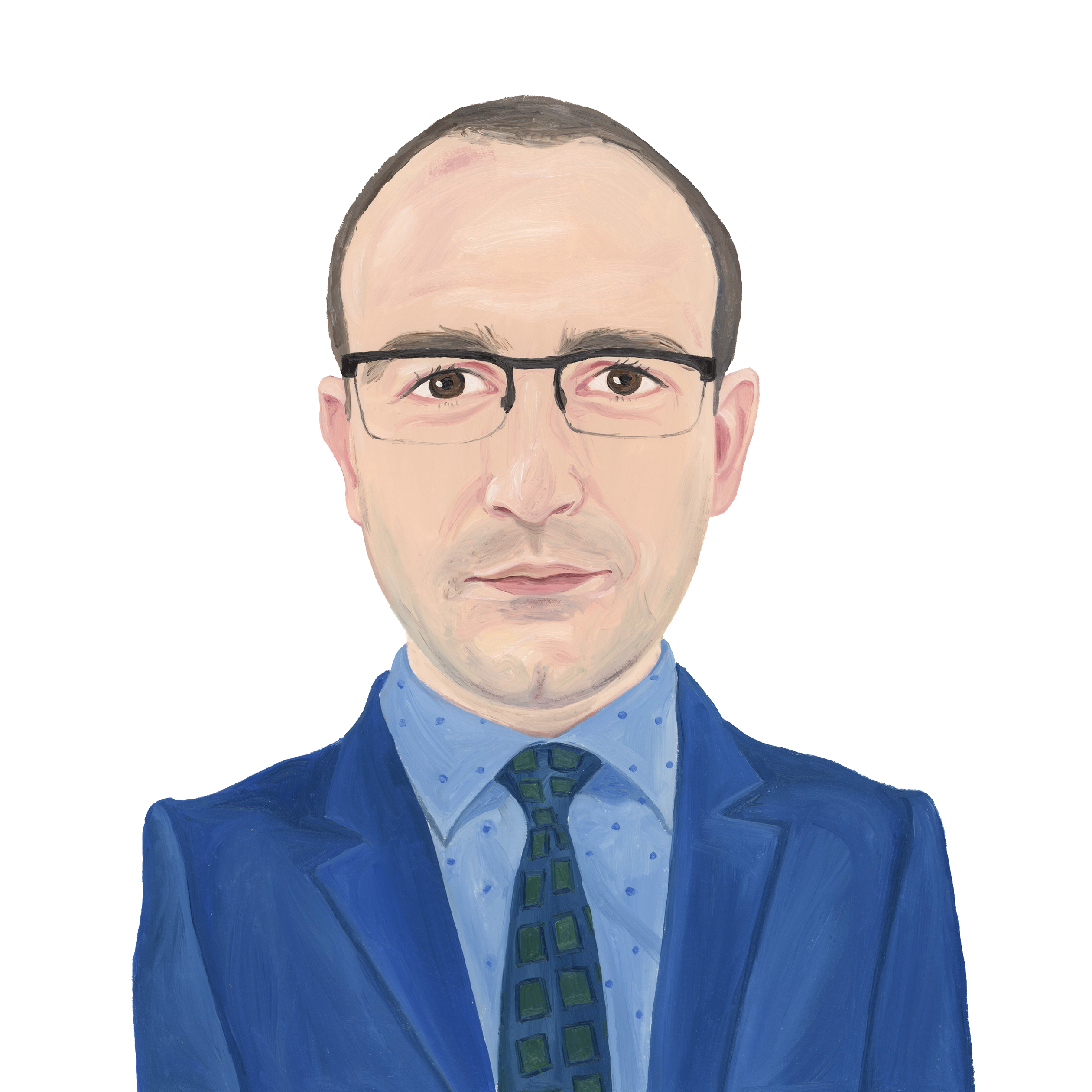
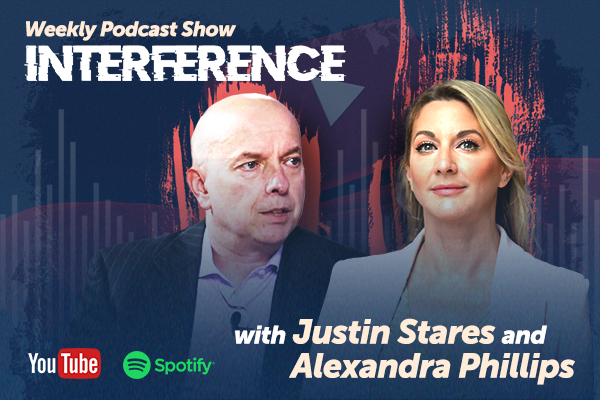
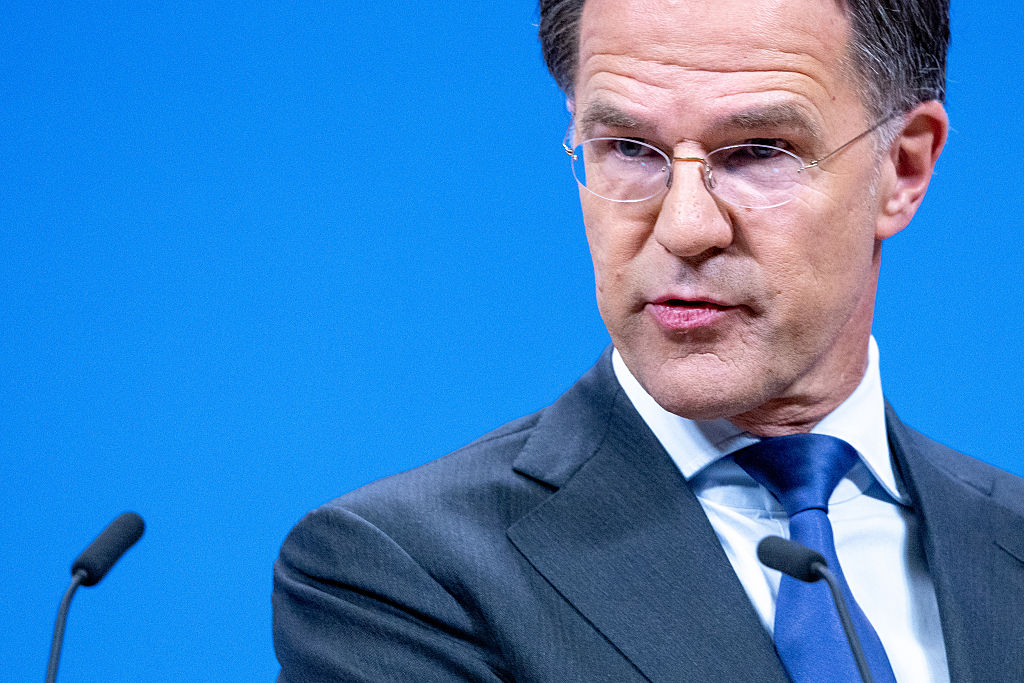
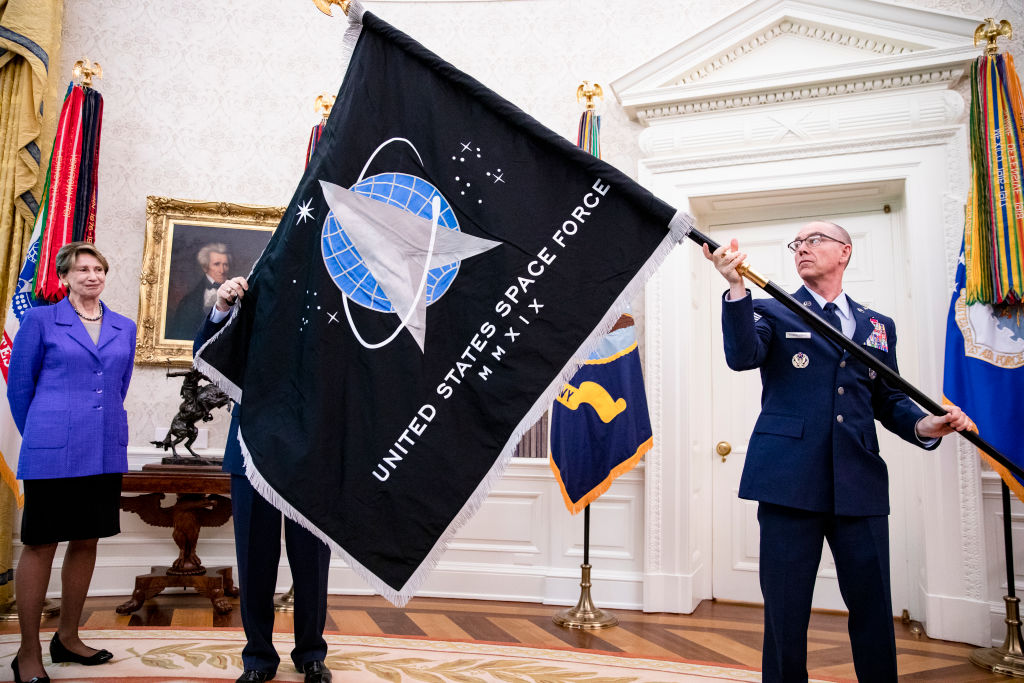
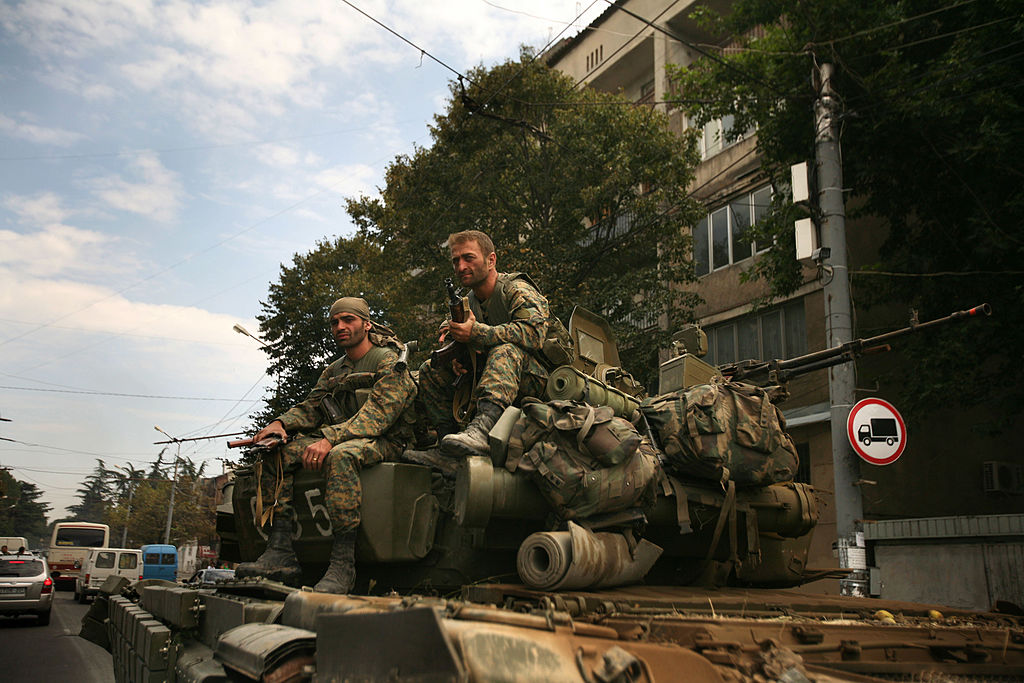

Trump has just washed his hands of the Ukraine war